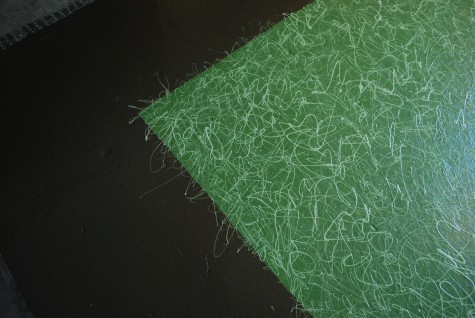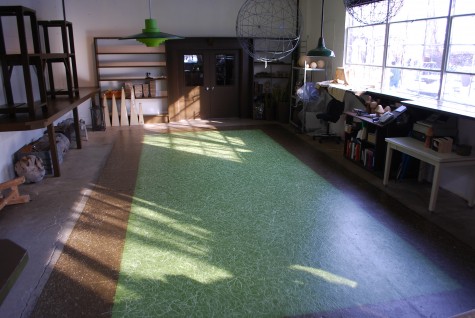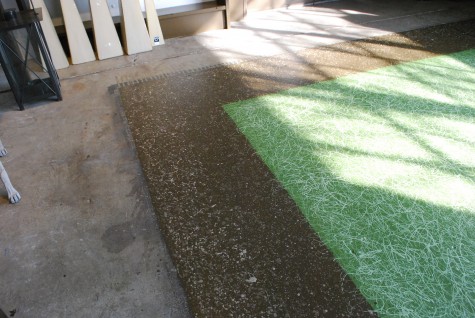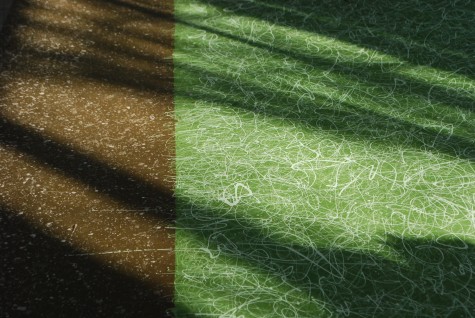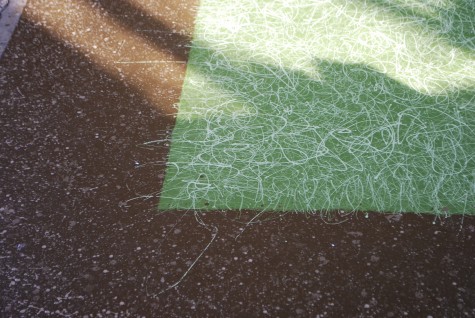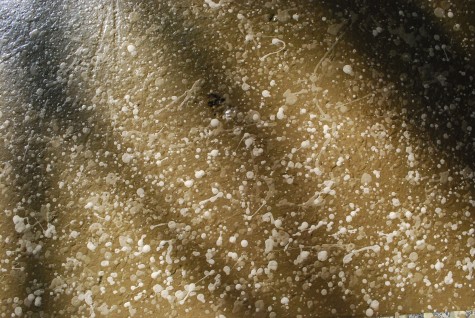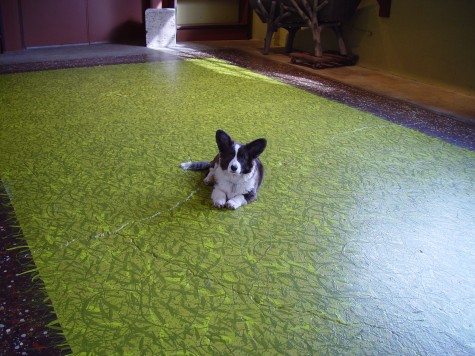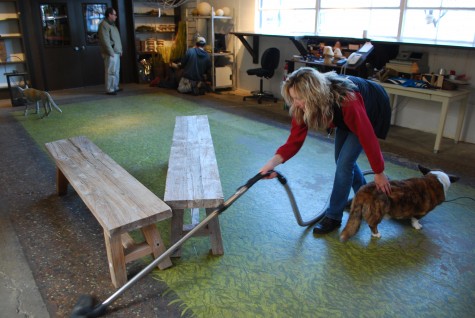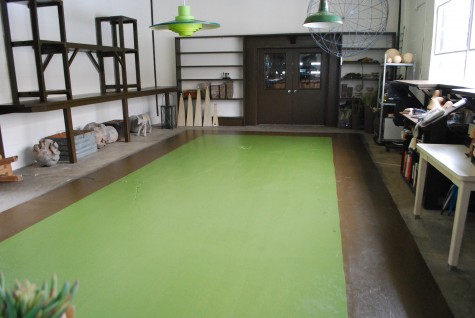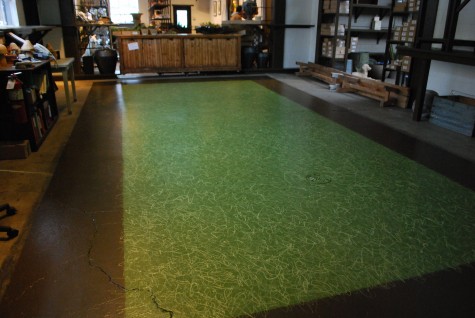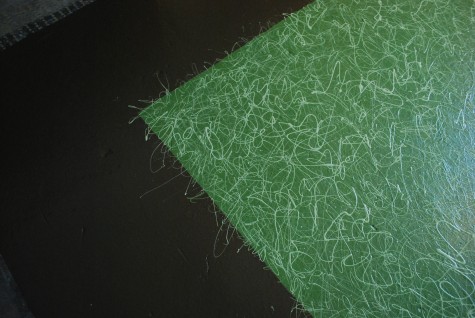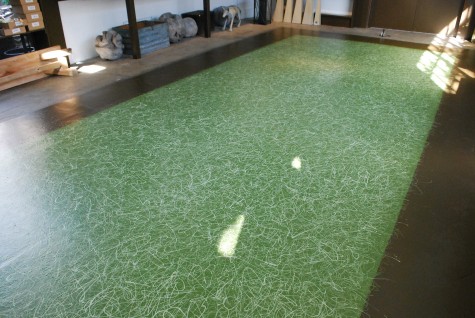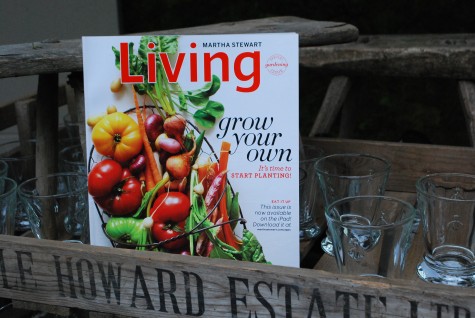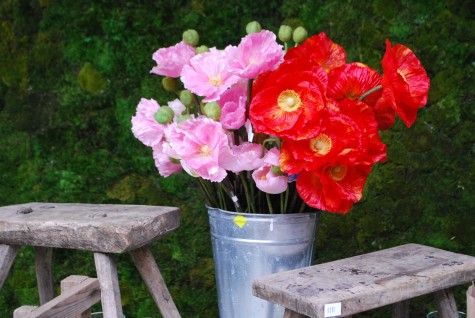 On my bucket list-a bucket shop all my own. I have always wanted one. The year I spent living in New York City in the mid eighties-my favorite part was the small markets, and beautiful bucket shops. Every where you could find the and most breathtaking cut flowers, flowering stems and twigs imaginable, many of which were displayed on the street in buckets. My hands down favorite- oak branches studded with freshly set green acorns. Those stems made the hair on the back of my neck stand up; I have never seen them available since. What is available in cut flowers in New York City-the sky is the limit. But I am happy with any bouquet of flowers; fresh flowers are irresistable. Just about anything that grows is beautiful-can you think of a flower you just don’t like? Living color-like no other color. The idea of selecting and offering beautiful and striking cut flowers has been in the back of my mind for years. I do flowers occasionally for parties and special events, but I am not a florist. I am so sorry to say that Detroit Garden Works does not own a fresh flower cooler.
On my bucket list-a bucket shop all my own. I have always wanted one. The year I spent living in New York City in the mid eighties-my favorite part was the small markets, and beautiful bucket shops. Every where you could find the and most breathtaking cut flowers, flowering stems and twigs imaginable, many of which were displayed on the street in buckets. My hands down favorite- oak branches studded with freshly set green acorns. Those stems made the hair on the back of my neck stand up; I have never seen them available since. What is available in cut flowers in New York City-the sky is the limit. But I am happy with any bouquet of flowers; fresh flowers are irresistable. Just about anything that grows is beautiful-can you think of a flower you just don’t like? Living color-like no other color. The idea of selecting and offering beautiful and striking cut flowers has been in the back of my mind for years. I do flowers occasionally for parties and special events, but I am not a florist. I am so sorry to say that Detroit Garden Works does not own a fresh flower cooler.
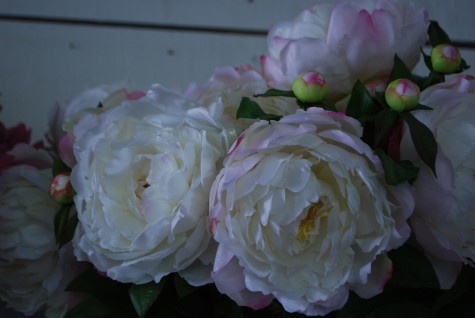 I attended a national peony convention some 35 years ago. I was very interested in how the exhibitors managed to bring so many cut stems of penies great distances to the show. Growers who exhibit their blooms in competition have this down pat. A bud showing good color, and a marshmallow soft texture when squeezed, is good to cut. Bag the buds in a baggie with the stems out, and store them dry, in the refrigerator. Bring them out 24 hours ahead of when you need them. I was amazed that this works, but it does. Years ago when I had hundreds of peonies, I would store stems in the fridge, just to extend my bloom season a little. Some exhibitors brought hundreds and hundreds of buds packed in coolers-hoping that 1 or 3 or 7 would be perfect examples of a given cultivar, and win a ribbon.
I attended a national peony convention some 35 years ago. I was very interested in how the exhibitors managed to bring so many cut stems of penies great distances to the show. Growers who exhibit their blooms in competition have this down pat. A bud showing good color, and a marshmallow soft texture when squeezed, is good to cut. Bag the buds in a baggie with the stems out, and store them dry, in the refrigerator. Bring them out 24 hours ahead of when you need them. I was amazed that this works, but it does. Years ago when I had hundreds of peonies, I would store stems in the fridge, just to extend my bloom season a little. Some exhibitors brought hundreds and hundreds of buds packed in coolers-hoping that 1 or 3 or 7 would be perfect examples of a given cultivar, and win a ribbon.
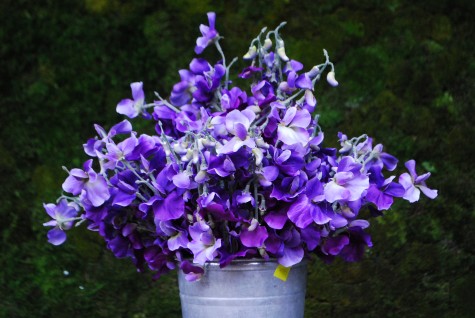 Fabulous cut flowers need not be from my zone. Sweet peas-how I long to have them in my life. It is doubtful I will ever grow a decent sweet pea, but they are available, at certain times of the year, as cut flowers. Sweet they are. And as if the color and shape wasn’t enough, the fragrance is divine.
Fabulous cut flowers need not be from my zone. Sweet peas-how I long to have them in my life. It is doubtful I will ever grow a decent sweet pea, but they are available, at certain times of the year, as cut flowers. Sweet they are. And as if the color and shape wasn’t enough, the fragrance is divine.
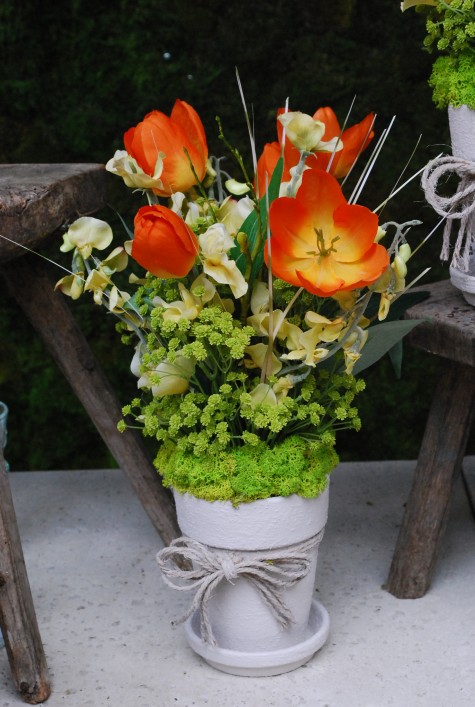 A bucket shop-not so much in my future. We are in a way out of the way location; the shop in its first life-a machine shop in an industrial location. My fresh cuts would languish, unclaimed. I probably would have to take most of them home. A bucket shop needs shoppers non stop. The most successful florist in my town, and maybe nation wide-Kroger grocery store. This makes perfect sense. Everyone needs to shop for food regularly. Weekly-maybe more often. Selecting a bunch of fresh flowers for the grocery cart-easy. The best part of the flowers at a very successful florist is that turnover means the flowers are more likely to be really fresh. The downside? It is less likely you will see the more unusual flowers. Not that I hold one grudge against carnations and chrysanthemums- even the most ordinary species is still a fresh flower.
A bucket shop-not so much in my future. We are in a way out of the way location; the shop in its first life-a machine shop in an industrial location. My fresh cuts would languish, unclaimed. I probably would have to take most of them home. A bucket shop needs shoppers non stop. The most successful florist in my town, and maybe nation wide-Kroger grocery store. This makes perfect sense. Everyone needs to shop for food regularly. Weekly-maybe more often. Selecting a bunch of fresh flowers for the grocery cart-easy. The best part of the flowers at a very successful florist is that turnover means the flowers are more likely to be really fresh. The downside? It is less likely you will see the more unusual flowers. Not that I hold one grudge against carnations and chrysanthemums- even the most ordinary species is still a fresh flower.
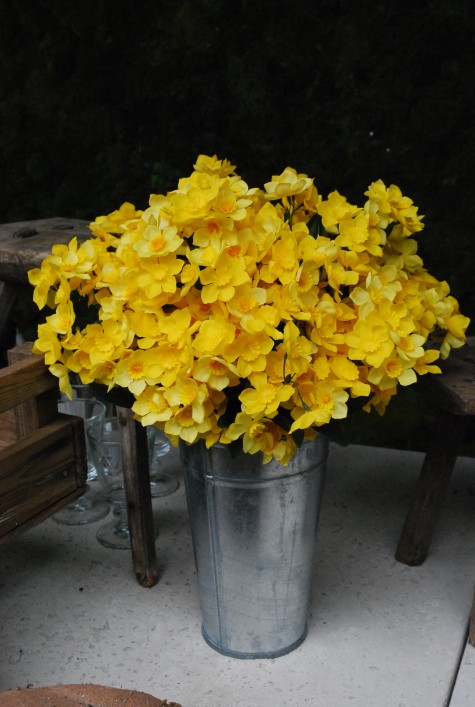 My idea of a bucket shop took a different turn. In Atlanta this winter, I made it my business to source beautifully made faux flowers. Every picture you have seen thus far and will see-fake. Including these daffodil stems. Are they not the best looking plastic and polyester flowers? The peonies are amazingly realistic. Are they a substitute for a real peony-of course not. But fake flowers have their place.
My idea of a bucket shop took a different turn. In Atlanta this winter, I made it my business to source beautifully made faux flowers. Every picture you have seen thus far and will see-fake. Including these daffodil stems. Are they not the best looking plastic and polyester flowers? The peonies are amazingly realistic. Are they a substitute for a real peony-of course not. But fake flowers have their place.
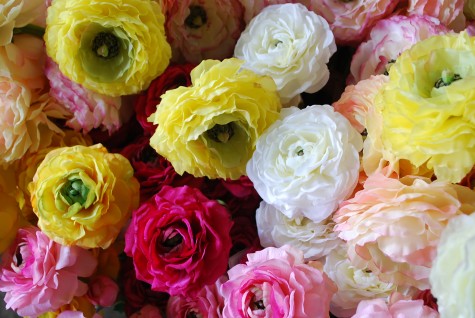 Though I have devoted a lifetime to raising flowers of all sorts, I wrote a check for bucket loads of faux flowers. Why wouldn’t I? There are lots of people who love flowers and gardens who are not gardeners. There are some who cannot garden; there are times when no one can garden. The shop umbrella ought to be big enough for all. Some faux flowers are better than others; the strong simple shape of ranunculus is easy to recreate in a permanent form. Silk iris I would stay away from.
Though I have devoted a lifetime to raising flowers of all sorts, I wrote a check for bucket loads of faux flowers. Why wouldn’t I? There are lots of people who love flowers and gardens who are not gardeners. There are some who cannot garden; there are times when no one can garden. The shop umbrella ought to be big enough for all. Some faux flowers are better than others; the strong simple shape of ranunculus is easy to recreate in a permanent form. Silk iris I would stay away from.
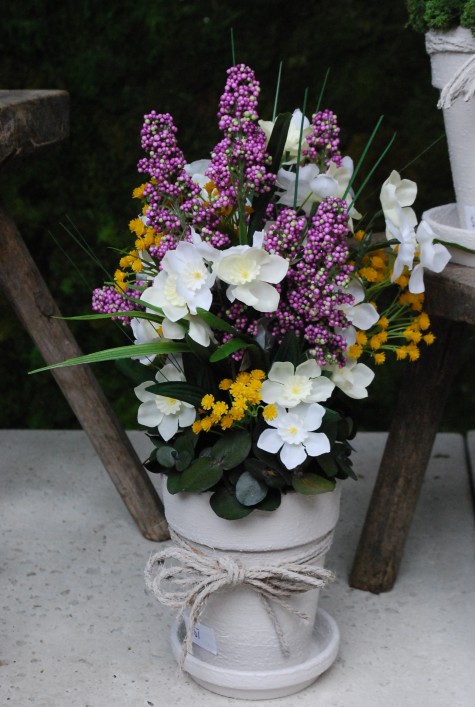 Pam made this small arrangement in a terra cotta pot painted white. It is charming, cheery and spring like, to my eye. It will be a month or 6 weeks before anything stirs in my garden, not to mention that the last leg of our winter is the toughest to take. My faux flowers are primarily spring species.
Pam made this small arrangement in a terra cotta pot painted white. It is charming, cheery and spring like, to my eye. It will be a month or 6 weeks before anything stirs in my garden, not to mention that the last leg of our winter is the toughest to take. My faux flowers are primarily spring species.
 Would I take one of these home-absolutely. I have plenty of dark places in my house that would be all the better for a little color. I am a winter weary gardener who needs some reference to the garden. Not to smell, or touch-just to look at. For those days when I do not want to look at pictures of gardens, or books, or a documentary about the Chelsea flower show-just something bright to look at.
Would I take one of these home-absolutely. I have plenty of dark places in my house that would be all the better for a little color. I am a winter weary gardener who needs some reference to the garden. Not to smell, or touch-just to look at. For those days when I do not want to look at pictures of gardens, or books, or a documentary about the Chelsea flower show-just something bright to look at.
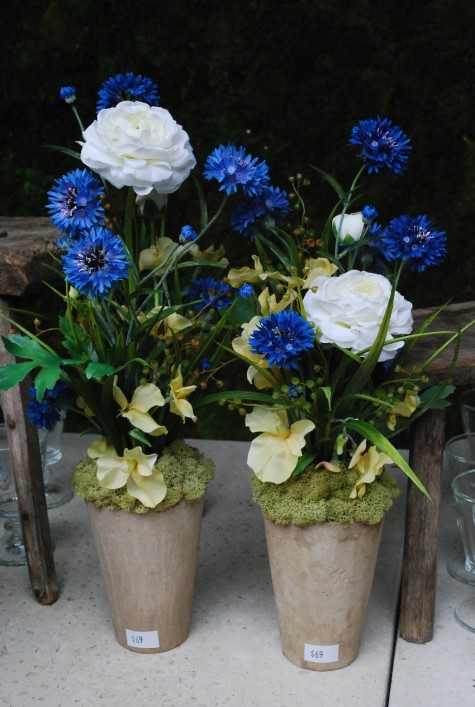 I do try to buy faux stems that can go outside. Our spring season can be very short; many gardeners do not plant containers for spring for exactly this reason. I do plant spring pots for clients; faux branches and grasses in the center of a container instantly creates some scale and presence. A well done mix of faux and real flowers makes the fake elements very tough to spot. My observation? People see what they believe as much as they believe what they see.
I do try to buy faux stems that can go outside. Our spring season can be very short; many gardeners do not plant containers for spring for exactly this reason. I do plant spring pots for clients; faux branches and grasses in the center of a container instantly creates some scale and presence. A well done mix of faux and real flowers makes the fake elements very tough to spot. My observation? People see what they believe as much as they believe what they see.
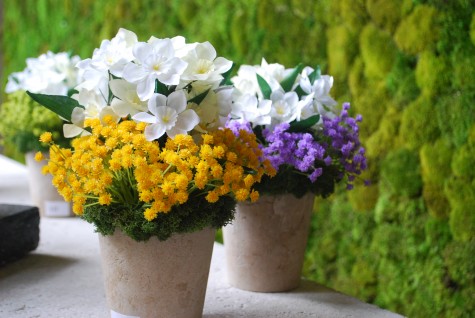
These mini pots, furnished with white daffodils, and finished in dark green reindeer moss-I like them.
